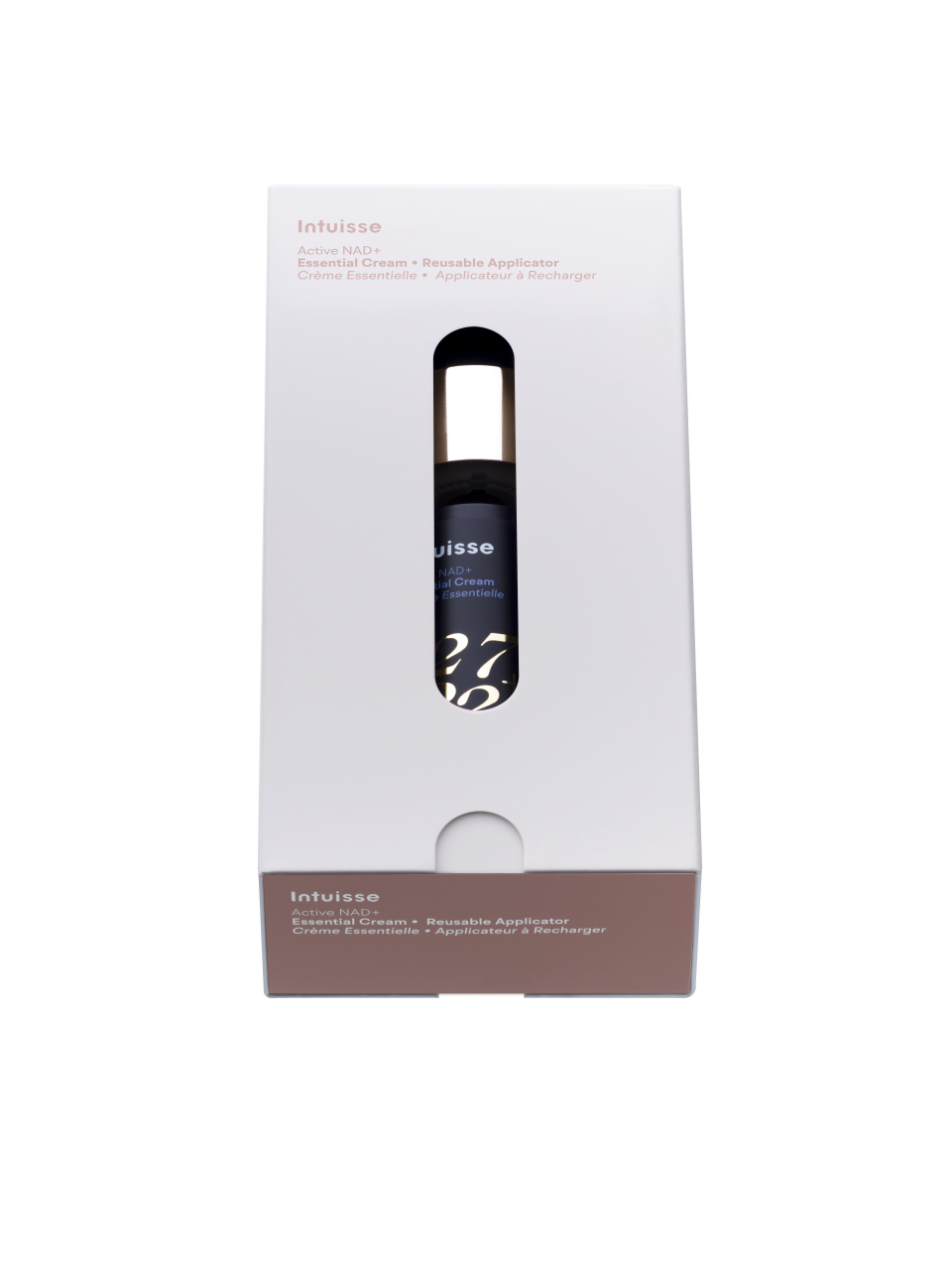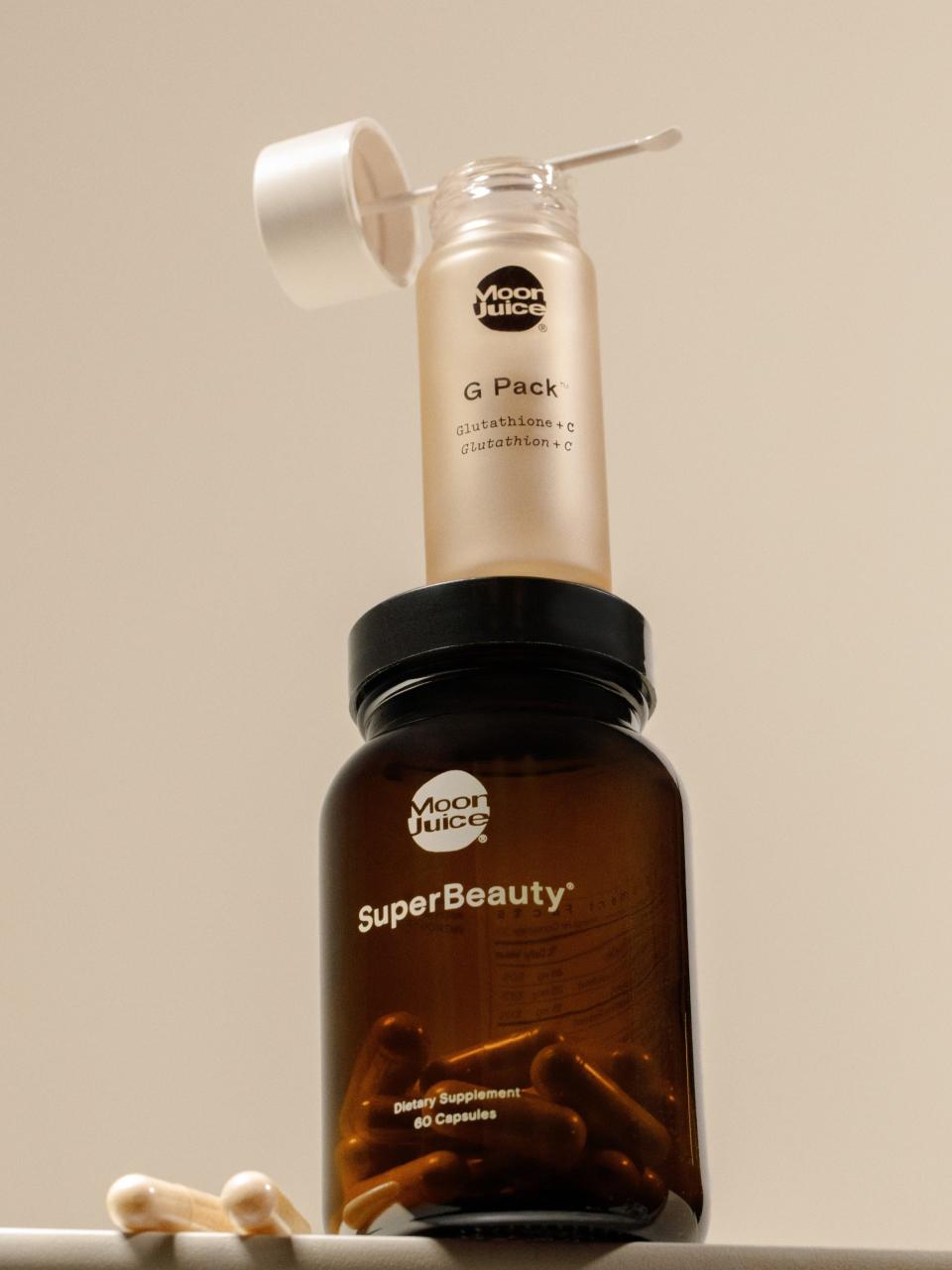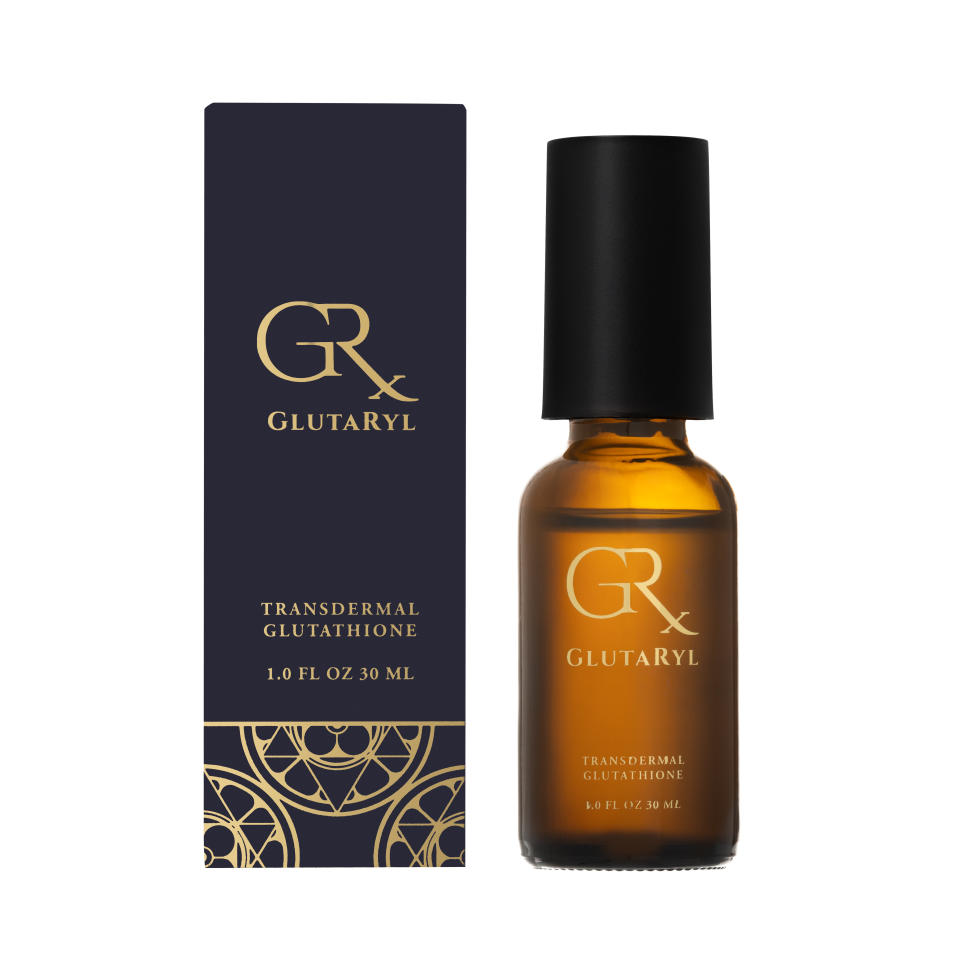Skin Care’s Buzzy Ingredients: From Shot to Serum

Intravenous drips are going topical.
As wellness and beauty intersect, ingredients like magnesium and peptides have become popular for their ingestible and topical benefits. Now, a new crop of ingredients — glutathione and NAD+ — primarily used in IV drips and shots, are getting the same treatment, as brands double down on accessible topical versions.
More from WWD
Coenzyme NAD+ gained traction in 2023 for boosting cell function and slowing signs of aging. According to Spate, it receives 90,500 monthly average searches, up 11.4 percent since last year. Glutathione, an antioxidant that can address signs of stress and brighten skin, has maintained similar growth with 621,300 monthly average searches, up 12.1 percent since last year. Both are considered to have high volume searches in comparison to other ingredients.
For Dr. Anant Vinjamoori, chief medical officer of longevity wellness clinic Modern Age, the move to topicals is indicative of a larger trend around healthy aging.
“This field is shifting towards understanding that the same mechanisms that shape how our skin ages are also what shape how other parts of our body age,” he said.
Therefore, many are looking to harness the power of these longevity-centric ingredients in topical solutions.
Skin care line Intuisse has created an NAD+-infused line of products, including Active NAD+ Eye Serum, $200, and Active NAD+ Essential Cream, $185. According to founder Isabel Greiner, it’s the liposomal delivery system that allows the NAD+ to remain stable and penetrate into the skin for improved tone and reduced signs of aging.

Creating alternative formats of NAD+ is a key area of interest as the IV infusions can be difficult to administer and cost up to $1,000.
“It might take as long as four hours and it’s quite an uneasy feeling…but you feel amazing afterwards,” said Iain De Havilland, founder and CEO of NADclinic, which offers an array of NAD+ therapies. Nausea and dizziness are common side effects of NAD+ infusions. However, it’s a tradeoff many are willing to make, as the therapy can support energy, reduce stress and support overall wellbeing.
While the molecule size is tricky for topical product formulations, an increasing number of brands are claiming to have developed efficacious amounts of NAD+ in products, including Nadia Skin, Codeage and Naderma.
Glutathione, often found in $50 injections, is farther along in the topical space and is more recognizable among wellness consumers, according to experts.

Moon Juice has infused the ingredient in both its SuperBeauty, $60, a skin health supplement, and G Pack, $68, a brightening and protecting topical powder.
“We’re off to the races now and people are like, ‘Glutathione? Know all about it already. [I] take a liposomal version internally. Yes, I want that on my face,'” said Moon Juice founder Amanda Chantal Bacon.

Auro Wellness is also betting on the ingredient topically with its Glutaryl, $120, and Glutaryl+, $200, transdermal glutathione sprays that detox the body and reduce the impact of oxidative stress. According to the brand, it’s the stabilized molecule that allows for transdermal absorption.
“Is there a future for intravenous glutathione? I would beg to differ at this point. I don’t think there’s any need for intravenous,” said Auro Wellness founder and author of “The Glutathione Revolution” Dr. Nayan Patel.
While glutathione and NAD+ are buzzy right now, experts say other ingredients are ripe for topical innovation, including highly concentrated and optimized forms of vitamin C and peptides. Patel is currently researching molecules that could be stabilized into topical forms.